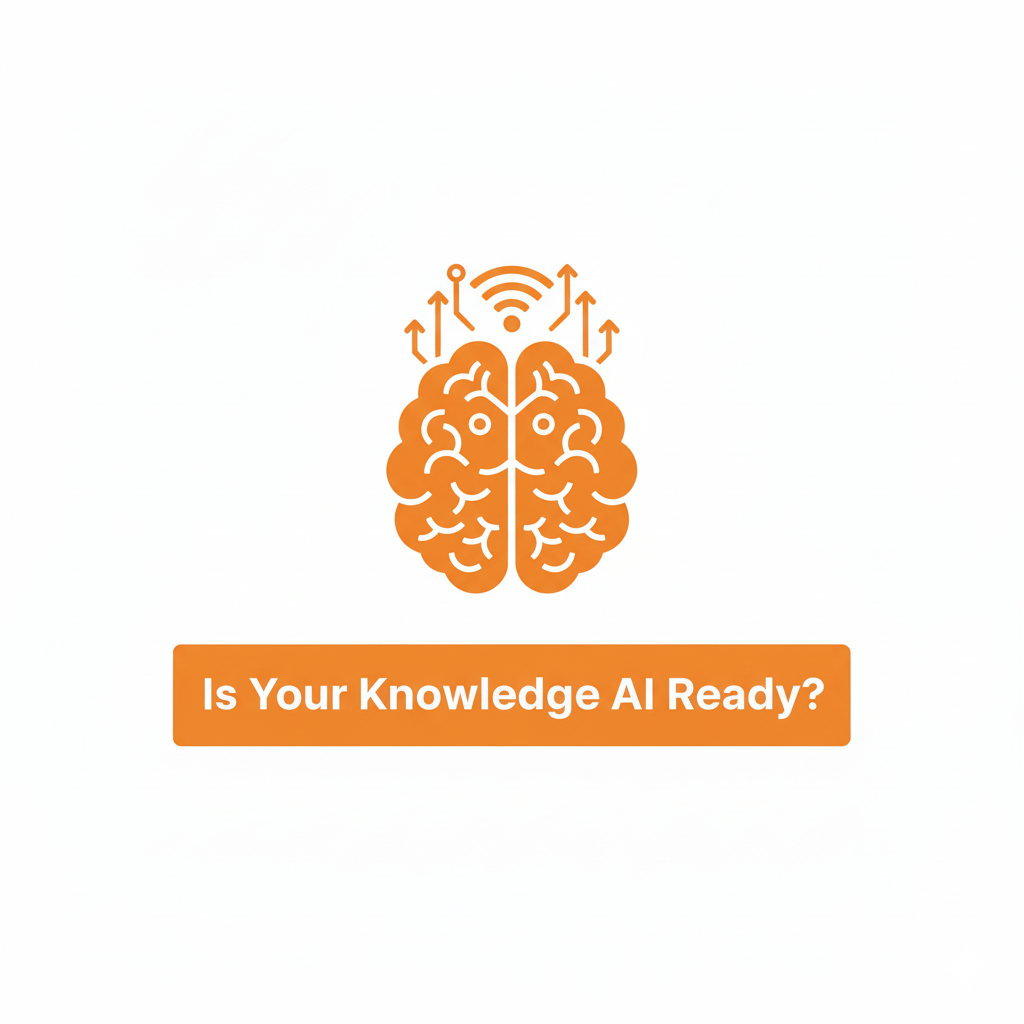On its surface, the term change management can seem somewhat broad and ambiguous, yet it holds highly specific meanings depending on how it’s used within the enterprise. A simple google search will return varying degrees of how CIOs and IT organizations think of change and what those management concepts mean for both the people and processes put into place.
But the question remains – what does the term change management mean anyway? It’s important that professionals within the IT world understand the delineation between what’s commonly referred to as business or organizational change management, and IT change management as defined and governed by ITIL.
Let’s examine these concepts and discover their relationships to the modern enterprise organization.
What is Organizational Change Management?
One of the most common definitions of change management refers to Organizational Change Management (OCM), which primarily focuses on the people within an organization. TechTarget refers to OCM as:
“…a framework for managing the effect of new business processes, changes in organizational structure or cultural changes within an enterprise. Simply put, OCM addresses the people side of change management.”
Not necessarily a new concept as organizational change management models and processes dating back to the 1960s, OCM aims to bring a level of discipline and structure in helping the individuals who make up the organization transition into new roles, processes, or simply change how they work on a day-today basis.
While it’s not uncommon for people to chalk up organizational change as just a more strategic approach to training or communication within a business, there is surprisingly a great deal of methodology and thought behind how OCM is structured and implemented within a business. The OCM firm Prosci, takes a more granular approach for managing change, breaking it up into three core levels:
- Individual Change Management – This segment is designed to assist the people who need to make a transition, or change successfully within their roles. Using methodology from psychology and neuroscience, the company developed the ADKAR® Model, which is one of the most widely used models for managing individual change in the world today.
- Organizational/Initiative Change Management – This level goes a step up from the individual and focuses more on the project level; where teams of people are coached along to better align with transitions tied to their project management.
- Enterprise Change Management Capability – The third level takes the most holistic approach to change, as it aims to provide a set of best practices for enterprise organizations to evolve their roles, structures, processes, projects and culture for the better. This level of change deeply affects all embedded initiatives within the enterprise, and requires key strategic planning and execution to achieve successful buy-in and adoption from executives, management and mid-level employees.
What is IT Change Management?
While change for the organization refers to the methodologies surrounding people, process and culture, it has an entirely different meaning when applied to controlling the changes that flow through an IT system, product or the development of a software platform. ITIL refers to change management as the process within the Service Transition stage responsible for controlling the lifecycle of all changes, and can be defined as the following when applied to IT Service Management (ITSM):
“…to ensure that standardized methods and procedures are used for efficient and prompt handling of all changes to control IT infrastructure, in order to minimize the number and impact of any related incidents upon service.”
IT change events are a regular function of the IT infrastructure, and may result as a reaction to unplanned problems or the alignment of imposed legislative or compliance requirements. Changes may also be executed as a result from internal organizational mandates designed to increase efficiency, or reflect business or service improvement initiatives.
While smaller firms may utilize a loose assortment of emails and spreadsheets to track and control changes within the organization, it is considered best practice to use a change management software solution in order to implement process automation, maintain an audit history trail for compliance purposes, schedule and collaborate around planned changes, speed up CAB approvals and more. Failing to manage and maintain strong governance of IT change management processes can result in disastrous outcomes for the business such as unplanned service outages, compliance audit penalties, security vulnerabilities and more.
Latest Insight

Practical AI for NERC CIP Compliance

Is Your Knowledge Ready for AI




.png)





.svg)
.svg)